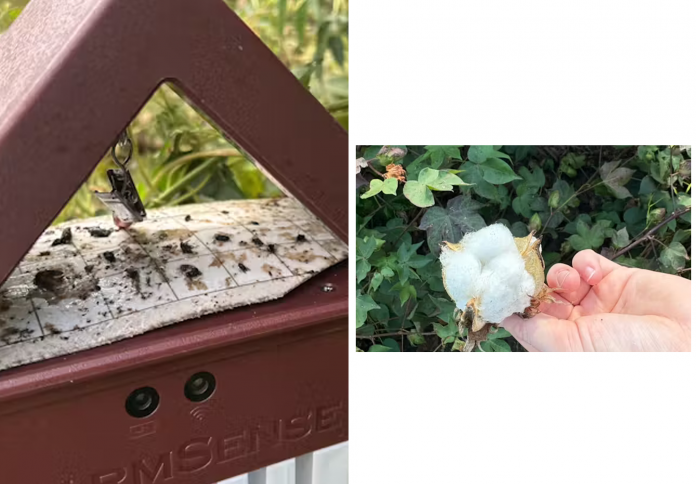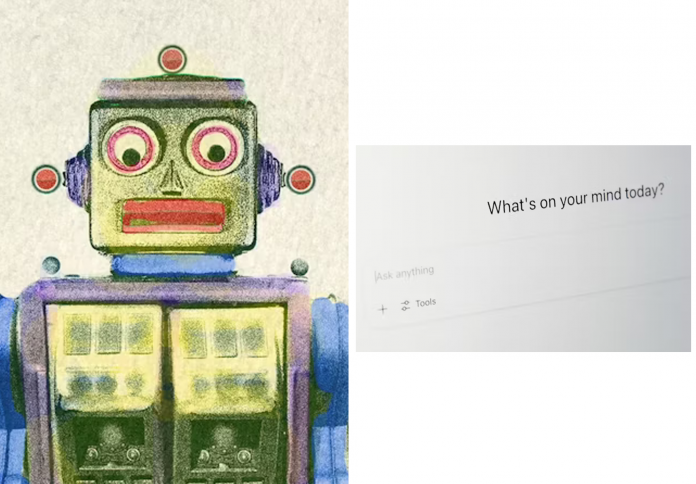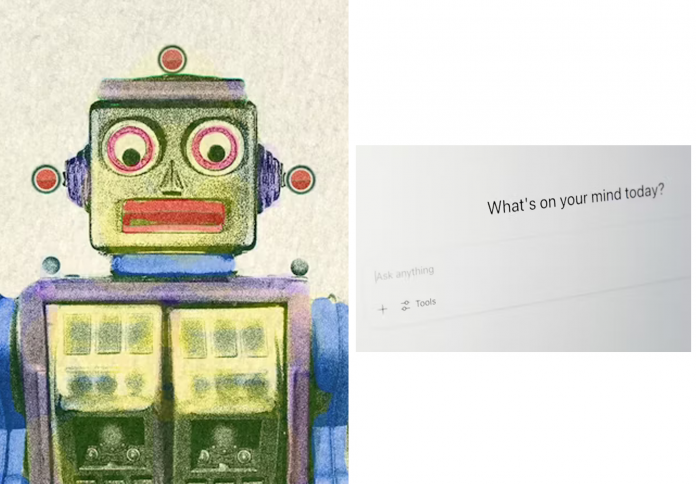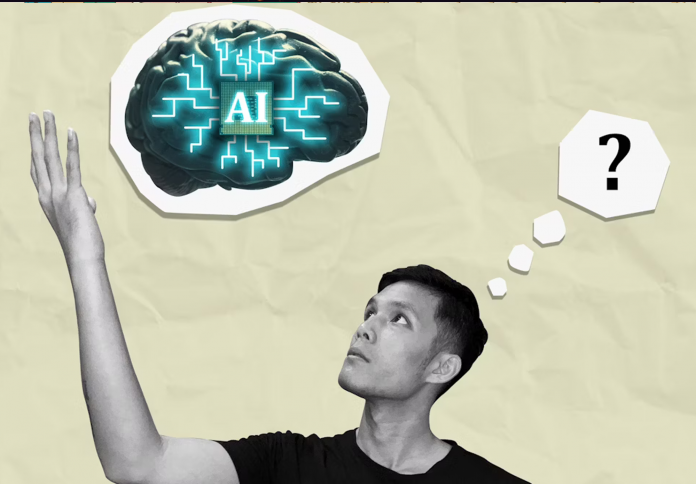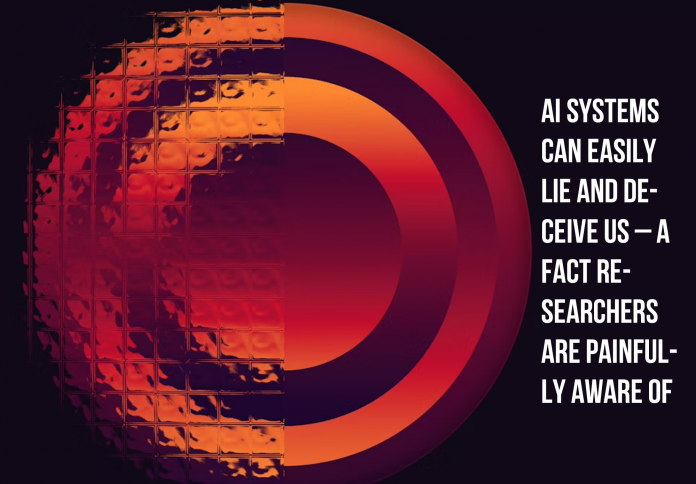The cotton fields of America, a cornerstone of its agricultural economy, are undergoing a quiet yet profound revolution powered by Artificial Intelligence (AI). Facing pressures from rising costs, labor shortages, and environmental regulations, farmers are turning to AI-powered sensor networks and machine learning tools to move beyond traditional blanket spraying toward precision agriculture. This shift promises not only significant cost savings by optimizing the use of expensive pesticides and fertilizers but also represents a major step toward environmental sustainability, building local agtech talent, and ultimately strengthening farmers’ decision-making capabilities.
The Promise of Predictive Pest Control
The traditional approach to pest management in cotton farming involves broad, preventative spraying, which often leads to the overuse of chemicals, higher costs, and environmental damage. The arrival of AI fundamentally changes this dynamic by enabling predictive pest control.

AI tools, supported by in-field sensors and satellite imagery, can analyze vast amounts of data—including weather patterns, soil conditions, and early insect counts—to pinpoint exactly where pest outbreaks are likely to occur, often before they even begin. This allows farmers to shift from blanket spraying to site-specific, targeted treatment, drastically reducing the volume of pesticides used. This shift not only saves significant money on chemical costs but also minimizes the environmental impact on surrounding ecosystems and water sources.
Enhancing Farmer Decision-Making
The true value of AI in agriculture isn’t just in the technology itself, but in how it empowers the farmers who use it. AI tools, often delivered through mobile apps and dashboard interfaces, are designed to synthesize complex data into clear, actionable insights.
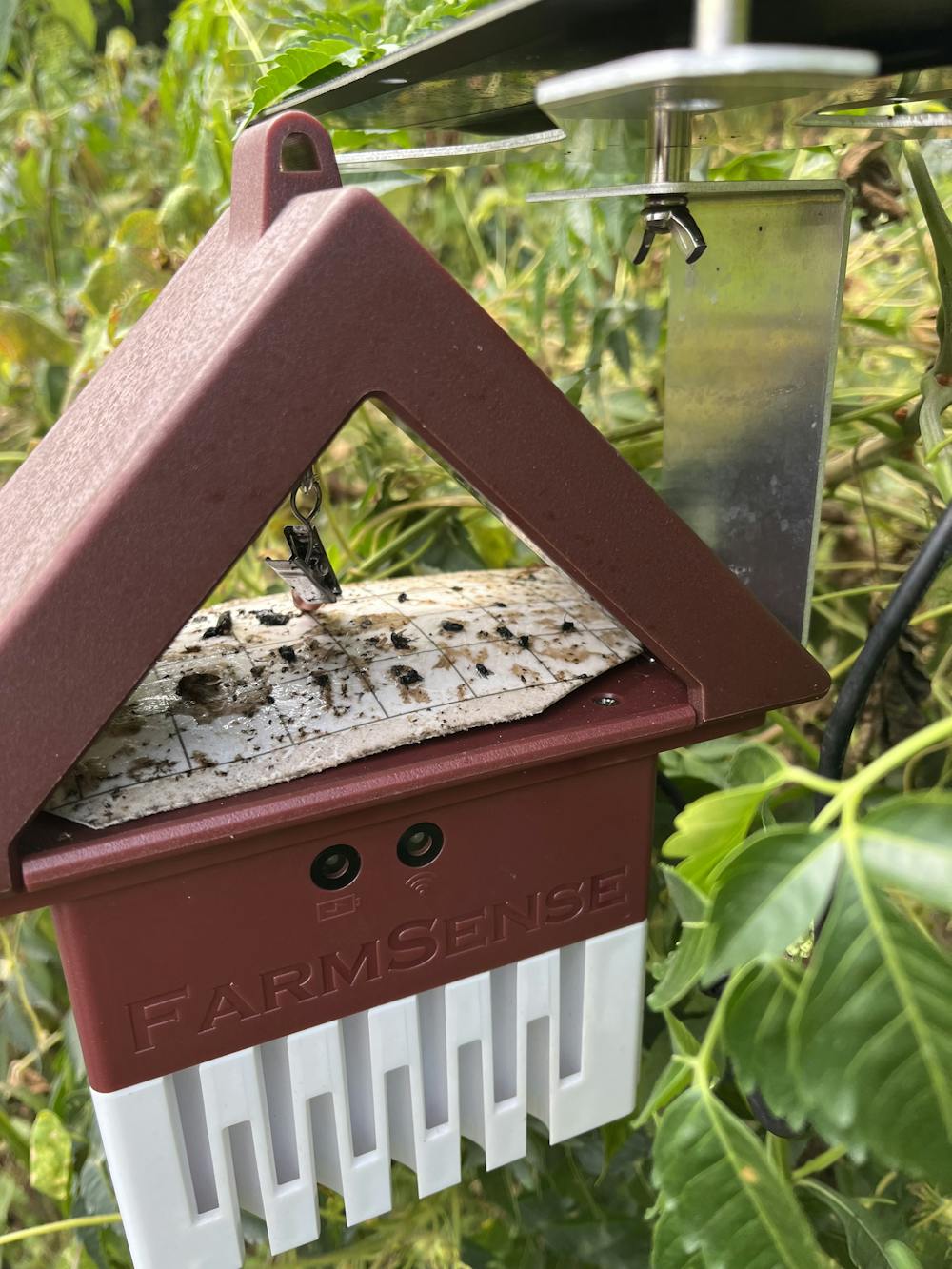
By providing a visual history of how pest populations evolve and how crops respond to different environmental factors, AI dashboards help farmers develop a much stronger and more informed intuition about their land. Even after the sensors are removed, farmers who have worked with the AI tools gain a better understanding of subtle pest indicators and overall crop health. This is a critical investment in digital literacy that enhances long-term decision-making, moving farming from guesswork to data-driven strategy.
Building Local Agtech Talent and Innovation
The adoption of AI in cotton fields is not just an agricultural change; it’s a workforce development opportunity. Projects piloting AI-powered pest detection in places like Georgia are actively training students, researchers, and local farmers on the new technologies.
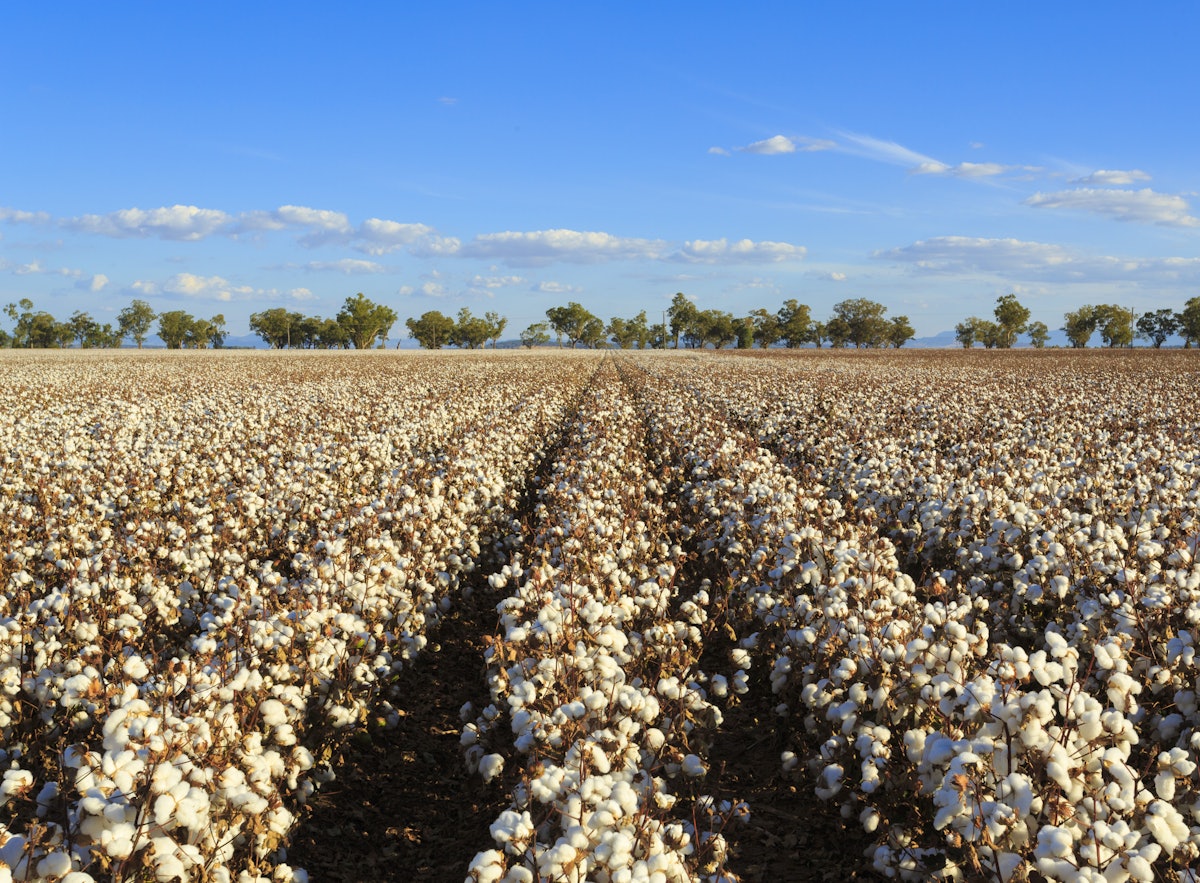
This hands-on experience in collecting, analyzing, and applying AI data is crucial for building local “agtech” talent, opening up pathways to new careers in the rapidly growing intersection of agriculture and technology. Moreover, the underlying technology has broader civic applications. The same AI tools used to monitor cotton pests can be adapted by local governments for managing public health concerns, such as monitoring mosquito or tick populations, creating a spillover effect of innovation throughout the community.
Driving Sustainability and Resource Efficiency
In an era of increasing climate scrutiny and water scarcity, AI provides a powerful pathway toward more sustainable farming practices. Beyond just reducing pesticides, AI systems optimize the use of other critical resources.
By analyzing soil moisture levels and nutrient content with high precision, AI helps farmers apply water and fertilizer only where and when it is absolutely needed. This is a major factor in preserving finite resources, improving crop yield, and reducing runoff pollution into waterways. Ultimately, the integration of AI into cotton farming marks a significant step toward a more efficient, resilient, and environmentally responsible global food and fiber system.
